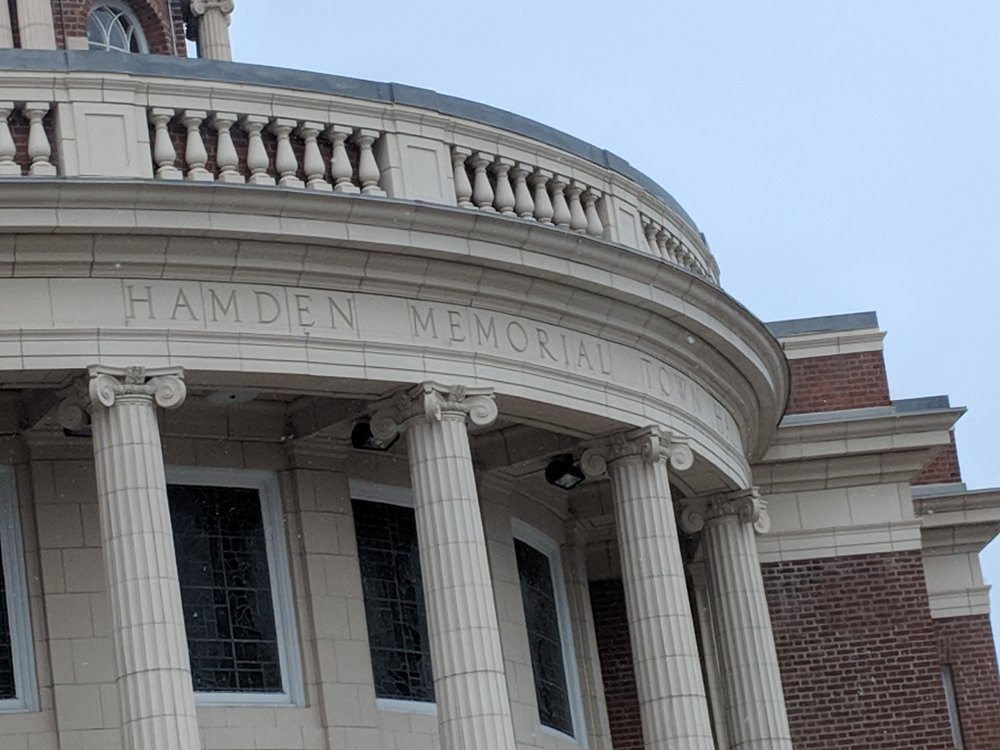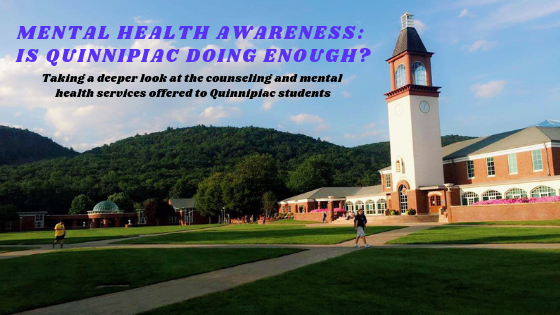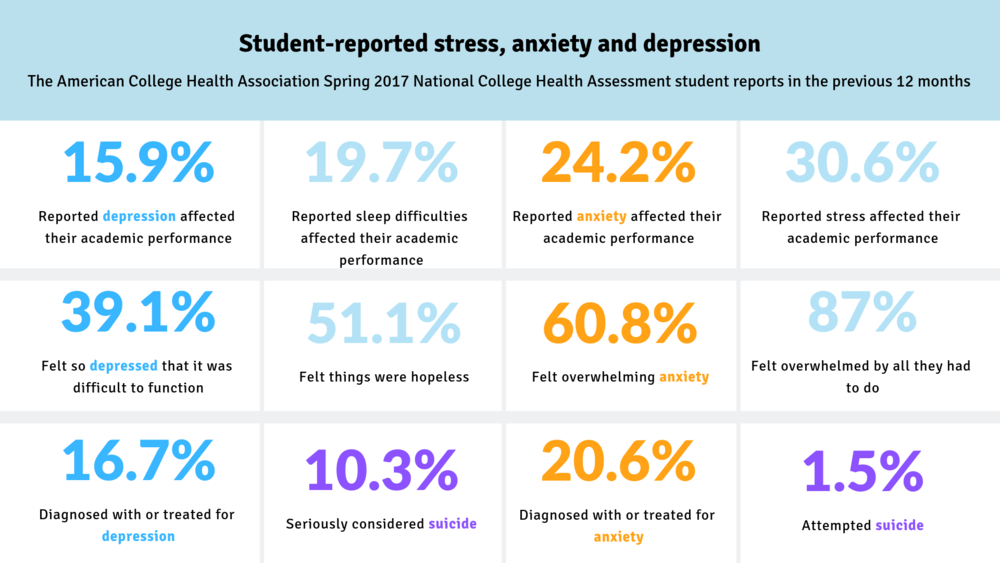Quinnipiac’s relationship with Hamden highlights an age-old struggle between college and college town.
As QU’s enrollment continues to grow at a quickening rate, so does its need for housing. But with the student body eclipsing the school’s dorm capacity by a wide margin, upperclassmen are looking to rental units around Hamden for accommodation– a trend set to continue, with university administration officially canceling any and all new dorm construction.
But unlike dorms, not all rental houses are created equal.
“So here is what is supposed to be our storage room/sunroom,” Quinnipiac student Sara DiGiamo demonstrates. “But we have a toilet in here and we have our sink in here from the bathroom because the bathroom is completely unusable.”
DiGiamo has been renting a house with four of her friends since the beginning of the semester. It’s her senior year– and as her college experience wraps up, she knew she wanted an house to spend her final year in Hamden.
As on campus housing gets tighter, and the ‘senior culture’ suggests moving out, Sara is only one of the thousands of QU upperclassmen living around Hamden.
It isn’t always a picture perfect experience, though. Or in Sara’s case, a sanitary experience.
“I was like ‘Oh my God what is this,’” Sara remembered. “Like maybe it’s just dirt. I’m not going to assume. But, no, sure enough it was raw sewage from our pipes.”
It was three weeks ago when the pipes first burst, spewing raw sewage all over the first floor of her Evergreen Avenue rental.
Ever since, her home has been a construction zone. Crews have been coming in and out. Her floors are torn apart. And her landlord? Sara says he’s “M.I.A.”
“He has stopped by I think once during this whole process,” DiGiamo said. “He really hasn’t been effective in helping us with anything. We haven’t had any rent reduction. Meanwhile we’ve had this loud construction for the past three weeks and it’s still ongoing.”
That leaves and her roommates still paying their $4,000 a month rent. Needless to say, they’re frustrated.
But they’re not the only ones.
In a survey created by QNN and distributed to Quinnipiac upperclassmen via Facebook, dozens of submissions echoed DiGiamo’s sentiment.
“They run up the rent knowing full well we as students will pay it because there aren’t many options for housing,” wrote one student anonymously.
Another, putting the pressure on Quinnipiac to “build brand new housing for juniors and seniors.”
A request that now seems to have fallen on deaf ears.
“Plans to build the new residence hall on the York Hill campus have been tabled,” explained Associate Vice President for Public Relations for Quinnipiac, John Morgan.
QNN learned exclusively that the plans for new dorm buildings on the school’s York Hill campus are no longer in motion, after they were approved by the town in April.
The new housing complex was set to include 220 beds for seniors, and by many standards, was a logical decision for a housing starved, rapidly expanding university.
QU administration plans to host about 10,500 students next year, the highest enrollment ever.
A growing student body that continues to strain an already icey relationship between the
school and town.
“I’m hoping for a change.”
Those are the words of Dan Kops, town planner of Hamden. He says that the amount of
students who live off campus is getting out of hand.
“They’re juxtaposed with houses with young couples with children who they put to bed at an early hour. Older retirees who don’t like noise at night,” Kops said. “Ideally, most students would be on campus.”
He says the rising enrollment numbers are not only pushing more students off campus and into the town, but are a breach of an agreement between the town and the school in 2007.
“The problem for the town was, when those dorms (York Hill) were approved, the original dorms, had the university not expanded its enrollment significantly, that would have captured the vast majority of the students living off campus.”
Those plans for York Hill in 2007 outlines a campus that would hold 2,400 beds. Only 1,400 or so were ever constructed, according to Kops.
“There was an understanding, we believe that the conditions of approval made it very
clear that there was supposed to be a one to one match so that if more students were
added, more beds were added,” Kops said. “The university is disputing that. We’re in court.”
According to a 2015 article in the New Haven Register, the university pay a $150 fee every day they are not in compliance with this agreement.
Morgan responding to those assertions with a simple, “I’m not aware of that,” and explaining the university’s stance on how they house their students.
“I think it goes back to the issue that we cannot require students to live on campus. We can offer the amenities, but we cannot require,” Morgan said. “So we do not have any plans to require students to live on university housing.”
Director of Residential Life at QU Mark DeVilbiss says that although they cannot guarantee housing for seniors, there is ample space for the students who do wish to live off campus.
“For seniors, we don’t guarantee the housing, but we’ve always historically been able to meet the demand,” DeVilbiss said. “I can’t share specific statistics, but we house we have roughly 5,000 beds on campus and around (there are) 7,000 undergraduates.”
And as for the loud parties often cited in complaints by town officials and residents,
Morgan says that there is simply nothing the university can do.
“Often times these problem arise in houses that we don’t own,” he explained. “We don’t have jurisdiction. I think the neighbors should really be going back to the landlords to say you know what’s going on with your tenants more so than coming back to the university.”
Meanwhile, those same landlords are getting slammed by town officials, who are
instilling special fees and applications to anyone renting to students.
The application includes lines for the students’ names, license plate numbers and a series
of bullets intended as reminders for how students should behave in a neighborhood setting.
On top of that, the landlords must pay a special $300 fee per application, on top of an extra $150 per house, per year.
Local mortgage broker and landlord Michael Spadaccino says that those fees are not only unique to Hamden, but are simply unfair.
“I have some experience buying in other towns, and they don’t have the same guidelines,” Spadaccino said. “As the owner I should be able to rent to whoever I want and not have to pay the town a fee. Why I should pay them…for the right to rent to college students doesn’t make any sense to me.”
Kops admits that Spadaccino isn’t the only one who’s fed up.
“There are at least 40 landlords and it may be closer to 60 by now who filed a complaint at the state CHRO,” Kops said. (They’re) arguing we were practicing age discrimination with requiring a permit and all the other stuff we require.
The current ordinances are just a couple of years after the town enacted the ill-fated regulation stating any landlord who rents to students must also live in the same dwelling. After drawing heavy criticism for the move to curb off campus housing, the town retracted, and reverted to their current system as well as a four student limit.
All these regulations are commonly understood as a means of limiting off campus options and discouraging landlords in an already tight rental market.
Despite these sweeping measures to keep students at bay, Kops concedes that Quinnipiac students in general are not problematic.
“Most college kids are definitely not nuisances, he said. “The number of students who actually cause problems is actually probably very small.”
That’s something Hamden resident Katie Robidoux can attest to.
She’s lived on student housing hotspot Evergreen Avenue for three years, and has nothing but praise for her many collegiate neighbors.
“There’s a stereotype of crazy wild college students, but it really hasn’t been an issue,” Robidoux said. “I think they’re just stereotyping. And everybody thinks ‘Oh crazy wild kids,’ but they’re just students. They’re there to learn.”
And just a couple of blocks down Evergreen Avenue, Sara DiGiamo is trying to learn through the sounds of a construction site.
Looking back on her situation, she thinks that if there were more choices for housing, on or off campus, she may not be in the mess that she’s in right now.
“There needs to be more options,” DiGiamo said. “People are putting down deposits in September and October so people are running to get the first one they can find and just go with it. Meanwhile they need more time to look through the options.”
As to whether those options will come on or off campus first, is anyone’s guess.
But for now, John Morgan says the school is focusing on evaluating and updating its current dorm situation before any new construction is considered. He also cites the restoration of the power grid following last year’s outages in the consideration to cancel the new housing project.























